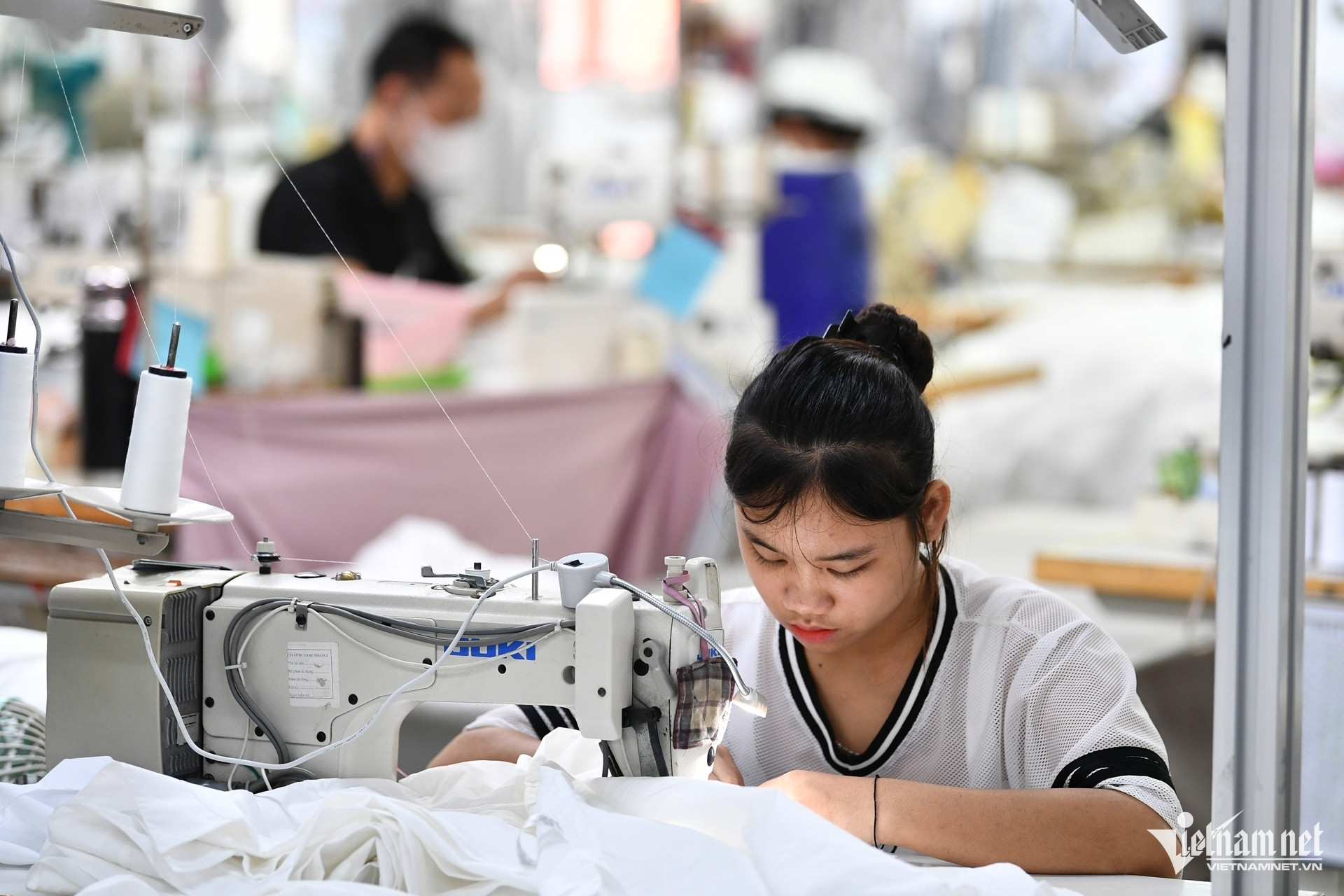This key initiative, proposed by the Vietnam Leather, Footwear and Handbag Association (LEFASO), aims to reduce reliance on imported materials and boost the industry's competitiveness in global markets.

At a recent international workshop on the Comprehensive and Progressive Agreement for Trans-Pacific Partnership (CPTPP) held in Hanoi, Phan Thi Thanh Xuan, Vice President and General Secretary of LEFASO, shared the association's vision. She emphasized the significance of proactively securing raw materials for Vietnam's fashion sector, noting that materials account for 65% of product costs.
Xuan explained that if the industry can independently source materials that meet export standards, it would accelerate growth and allow Vietnam to rapidly expand its fashion exports to $100 billion by 2030.
As the world moves toward sustainability and net-zero goals, major markets like the U.S. and the EU have imposed stringent supply chain regulations. These new rules require a high percentage of materials to originate from within free trade agreement (FTA) regions, along with clear traceability standards, ensuring that both the producing and importing countries comply.
The proposed Material Trading Center would provide transparency in sourcing, making it easier for Vietnam's fashion industry to adhere to these regulations.
To turn the vision of the Material Trading Center into reality, Xuan highlighted the need for collaboration between various stakeholders, including the government. Support in terms of policies, logistics, and import procedures for raw materials is essential to streamline the supply chain.
"We will soon propose solutions and specific policy recommendations regarding investment, environmental conditions, and capital funding to expedite the formation of this center. We welcome advice from experienced individuals to help guide us,” Xuan said.
The center is expected to be funded through socialized capital, attracting participation from domestic and international suppliers of raw materials for textile, footwear, and fashion production. It will continuously update trends and technologies to foster innovation in domestic production.
Industry experts view the creation of the Material Trading Center as a strategic move to optimize Vietnam's supply chain. This initiative could significantly reduce the country’s dependence on imported materials and improve the competitiveness of Vietnamese products on the global stage.
According to reports from the World Trade Organization and World Footwear magazine, Vietnam ranks as the world’s second-largest exporter of footwear and the third-largest exporter of textiles. However, much of the raw materials for the textile and footwear industry are still imported from countries like China, South Korea, and ASEAN nations.
Data from the General Department of Vietnam Customs shows that in the first half of 2024, Vietnam’s imports of raw materials for the textile and footwear sectors reached approximately $13.42 billion, a 14.11% increase compared to the same period in 2023.
As the industry looks to grow, initiatives like the Material Trading Center are essential in achieving the ambitious export targets set for the coming years.
Binh Minh